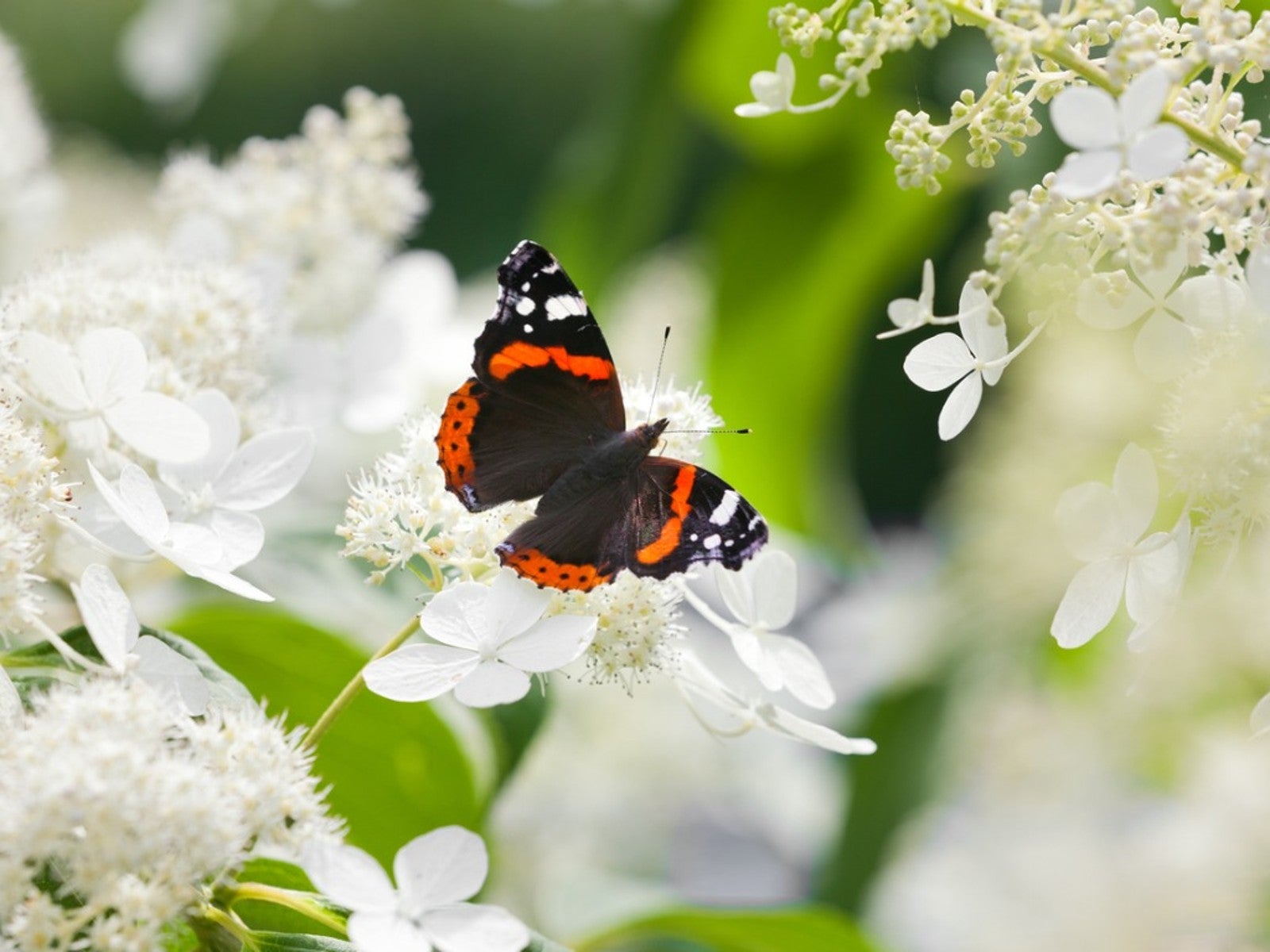Best Shrubs For Butterflies


Butterflies are the “flowers” of the insect world with their beautiful, petal-delicate wings. A gardener may try to remove wasps and mosquitoes from their yard, but butterflies are almost always welcome. One way to put out the welcome mat is to install bushes and shrubs that attract butterflies.
Shrubs for Butterflies
You don’t need to plant acres of terrain to create a butterfly habitat. Only a small amount of space is necessary to provide what they require: food, cover, water, and larval plants. Any and all nectar plants can offer butterfly food, but some are better than others.
Before you head to the garden store, engage in some planning. Locate a corner of the garden that is protected from the wind yet gets at least six hours a day of sunshine. Determine the type of soil and confirm your hardiness zones. At that point you are ready to select the butterfly shrubs.
Best Bushes for Butterflies
Many different flowering plants can provide food for butterflies. In general, the best idea is to plant diverse groups of flowering shrubs with different heights, colors, and bloom seasons.
Selecting flowers with different structures also helps since some butterflies have different length proboscises (tongues) that limit their flower choices. Keep in mind that flowers with multiple florets produce generous amounts of nectar.
The ideal shrubs for butterflies will depend on where you live. Take the time to locate plants that are native to your region. Not only will they provide more nectar, but they will require less effort to maintain. Avoid fancy cultivars, like double blooms, since they have been bred for showy flowers, not nectar.
Native Shrubs for Butterflies
Since the best bushes for butterflies will be those native to your area, it pays to download a list from a local university extension website. If these plants are native to your area, add them to your list:
Sign up for the Gardening Know How newsletter today and receive a free copy of our e-book "How to Grow Delicious Tomatoes".
- Indigo bush (Amorpha fruticosa)
- Summersweet (Clethra alnifolia)
- Chinkapin (Castanea pumila)
- Red chokeberry (Aronia arbutifolia)
- Dogwood (Cornus spp.)
- Wax myrtle (Morella cerifera)
- Buttonbush (Cephalanthus occidentalis)
- Fragrant sumac (Rhus aromatica)
- Virginia sweetspire (Itea virginica)
- American beautyberry (Callicarpa americana)
Providing for Caterpillars
There will be no butterflies without caterpillars, their larval stage. That’s why you will want to be sure to include native plants that offer food for butterflies in the caterpillar stage.
Some plants do double-duty, supporting both caterpillars and adult butterflies. Asters (Aster spp.), milkweeds (Asclepias spp.), spicebush (Lindera benzoin) and thistles are among them. Since caterpillars can be picky eaters, it is best to include a wide variety of host plants in the butterfly garden.

Teo Spengler is a master gardener and a docent at the San Francisco Botanical Garden, where she hosts public tours. She has studied horticulture and written about nature, trees, plants, and gardening for more than two decades, following a career as an attorney and legal writer. Her extended family includes some 30 houseplants and hundreds of outdoor plants, including 250 trees, which are her main passion. Spengler currently splits her life between San Francisco and the French Basque Country, though she was raised in Alaska, giving her experience of gardening in a range of climates.